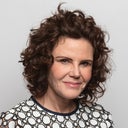Thank you for the question. There are no hard and fast rules when it comes to diameter of breast implant versus diameter of breast (band width). In other words, these measurements are useful but are only one of the many factors come into play when it comes to selection of appropriate breast implant size/profile.







